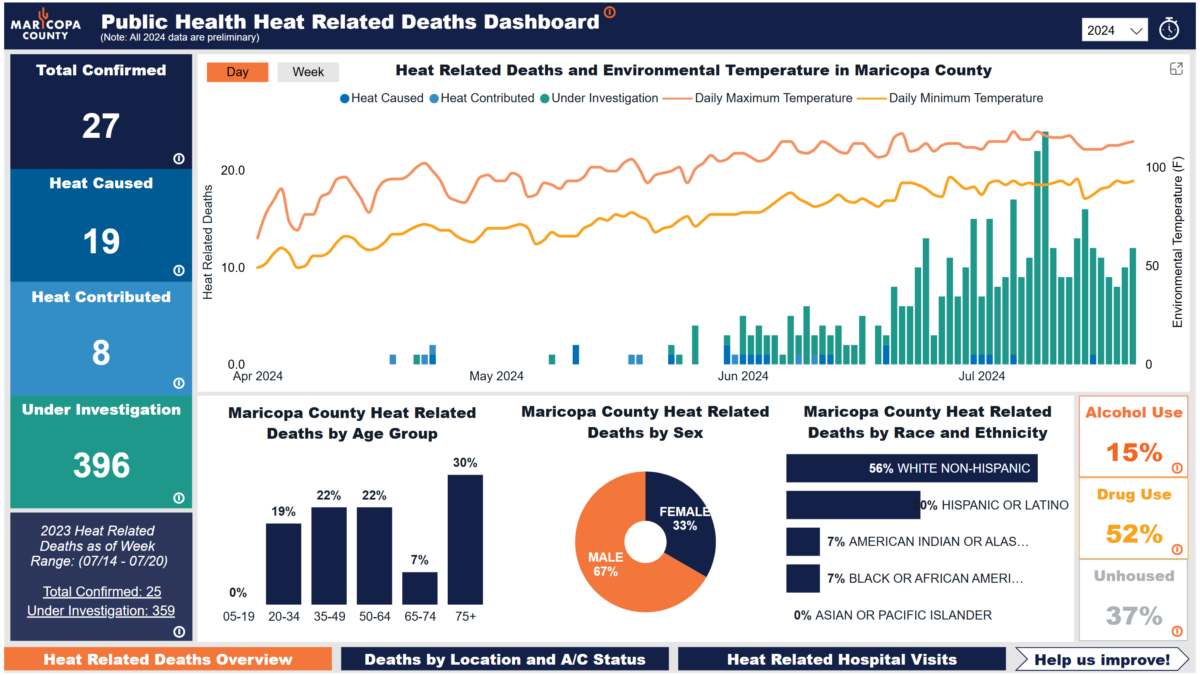Southern China swelters, power grids struggle under “relentless” heatwaves – Pigs, rabbits, and fish dying from searing temperatures – “It’s just been week on week on week of these records being shattered”

By David Kirton
2 June 2023
BEIJING (Reuters) – Heatwaves tormenting parts of southern and eastern China are set to persist through June, putting power grids under strain as air conditioners are turned on full blast at homes, offices and factories in mega-cities like Shanghai and Shenzhen.
In the next three days, most of southern China is expected to suffer temperatures of more than 35 Celsius (95 Fahrenheit), with temperatures in some areas exceeding 40C, national forecasters said on Friday.
Extreme hot weather beset China, like many part of Asia in recent weeks, even before summer arrived.
In the southern city of Shenzhen, it was 33C on Friday, but the humidity made it feel far hotter, especially for a couple toiling alone on a construction site under the sun.
“It’s hot, but there’s nothing to be done, we’ve got to make money for the family,” Zhao told Reuters as he laid bricks, while Yang, his wife, swept up rubble.
“Our bosses haven’t been pushing other workers to return from lunch sooner, as several of us have been hospitalised for heatstroke,” Zhao said.
Some parts of Shenzhen suffered intermittent power outages at the start of the week, but according to local media, less than 2,000 households were affected in the city of more than 17 million people.
On Monday, Shanghai, in eastern China, endured its hottest day in May in more than a century, while provinces in the south have had little respite from the heatwaves.
“I’m not surprised that they are occurring, and not surprised that they are worse. But how they are occurring – it’s just been week on week on week of these records being shattered,” said Sarah Perkins-Kirkpatrick, a climate scientist with the University of New South Wales.
“It’s just relentless.”
Electricity demand
Demand for electricity in southern manufacturing hubs, including Guangdong, has surged in recent days, with China Southern Power Grid, one of the country’s two grid operators, seeing peak power load exceeding 200 million kilowatts – weeks earlier than normal and close to historical highs.
In recent days, the power load in Hainan rose above 7 million kW for the first time, and also hit record highs in Guangxi, according to state media reports, with further rises expected in other southern provinces including Yunnan and Guizhou in coming days.
Mei, owner of a massage parlour in Shenzhen, lamented that she was already having to turn on the air-conditioning.
“Normally it gets hot gradually in June, but this year has been really sudden,” she said, declining to give her full name. “It’s around 1,000 yuan ($145) a month to run, but customers need it.”
Nationwide temperatures this month will about the same as a year earlier, but in parts of the Yangtze River delta, including Shanghai, as well as parts of southwest China, such as Sichuan and Yunnan, temperatures will be 1-2 degrees higher, Gao Rong, deputy director of the National Climate Centre, told a press conference on Friday.
In the summer of 2022, extreme heat in China pushed authorities to ration power use. Hydropower output, key in giant provinces such as Sichuan, was also hit due to prolonged drought-like conditions.
Powerful convection weather has also wreaked havoc in central China in recent weeks, with protracted downpours and even hail devastating the country’s ongoing wheat harvest. In Henan province, known as the granary of China, moderate to heavy rains are expected to continue till at least June 4.
($1 = 6.9121 Chinese yuan renminbi)
Southern China swelters, power grids struggle under ‘relentless’ heatwaves

Pigs, rabbits and fish are dying from searing temperatures in China
By Laura He
2 June 2023
(CNN) – With parts of China experiencing record high temperatures and heavy rains, reports of farm animals and crops suffering from extreme weather patterns are dominating headlines in the country, raising concerns about food security in the world’s second largest economy.
China experienced its worst heat wave and drought in decades during the summer of 2022, which caused widespread power shortages and disrupted food and industrial supply chains. This year, extreme heat has ravaged many parts of the country even earlier than last year.
Pigs, rabbits and fish have been dying from the searing temperatures, and wheat fields in central China have been flooded by the heaviest rainfall in a decade. Meanwhile, officials are worried that drought could hit the Yangtze River basin, China’s main rice-growing region, in the coming months.
Since March, temperatures in dozens of Chinese cities have hit record seasonal highs. The heat wave has escalated in recent days, with a number of cities in Yunnan and Sichuan provinces suffering record-breaking temperatures above 40 degrees Celsius or 104 degrees Fahrenheit.
By Wednesday, 578 national weather stations located in different cities across the country recorded their highest ever temperatures for this time of year, according to the China Meteorological Administration.
“Extreme weather such as drought and floods may disrupt the food production order and bring more uncertainties to the supply of food and oil,” Sheng Xia, chief agricultural analyst for Citic Securities, wrote in a research report on Wednesday.

He warned of increasing threats to food security this year because of the looming El Niño, a natural phenomenon in the tropical Pacific Ocean that brings warmer-than-average temperatures. El Niño could, for the first time, push the world past 1.5 degrees Celsius of warming above the pre-industrial levels of the mid-to-late 1800s.
“For China, the El Niño event will easily lead to increased climate uncertainty in the Yangtze River Basin, causing flooding in the south and drought in the north, and cold summer in the northeast,” said Sheng.
Last month, the World Meteorological Organization said the likelihood of El Niño developing later this year was increasing.
Following last year’s severe heat wave and drought, Beijing strengthened its focus on food security. In March, Chinese leader Xi Jinping said agriculture was the foundation of national security.
“Once something’s wrong with agriculture, our bowls will be held in someone else’s hands and we’ll have to depend on others for food. How can we achieve modernization in that case?” he said in an article published in March by Qiushi, the Communist Party’s main theoretical journal.
Animals killed
In recent days, reports of farm animals killed by extreme heat have dominated the news.
At a farm in eastern Jiangsu province, hundreds of pigs died this week after a sudden power outage caused fans to stop working at night, according to several state media reports.
The pigs suffocated to death amid extreme heat and poor air circulation, Jimu News, a government-owned news website, cited an unnamed employee at the farm as saying.
The heat wave was blamed for killing large numbers of farmed carp living in rice fields in the southwestern region of Guangxi. Villagers told the South of China Today newspaper on Wednesday that their fish were “burned to death” as water temperatures soared due to hot weather.
The prices of rabbit heads, a signature dish in Sichuan, have surged in recent days as high temperatures caused rabbit deaths on farms, resulting in tighter supply. Spicy rabbit heads are a popular street food in the southwestern province, where residents consume more than 200 million of the heads a year, according to industry association figures.

Crops damaged
Extreme weather conditions have also affected the country’s largest wheat-growing region.
Heavy rainfall flooded the wheat fields of Henan, a central province which accounts for a quarter of China’s production, in the last week of May, just days before harvest time. The rains caused some grain crops to sprout or go moldy. The ruined crop accounted for 20% of some farmers’ yields for the whole year, according to the state-run China Media Group.
It was said to be the worst rainfall taking place near harvest season in more than a decade. And more extreme weather events are likely to come.
From May to September, “drought and flooding might occur simultaneously,” with more extreme climate events such as heavy rainfall and heat waves hitting the country, according to a recent estimate by the national climate center.
Sheng noted that the heat wave and lack of rainfall in the far western region of Xinjiang had already affected some corn and wheat production.
In the next few months, precipitation in the middle reaches of the mighty Yangtze River, which bisects the country, may be significantly reduced, according to an official estimate. That could lead to a drought and affect the region’s rice crops, he said.
The Yangtze River basin provides more than two thirds of China’s rice, a major food staple at home and abroad.
Pigs, rabbits and fish are dying from searing temperatures in China


